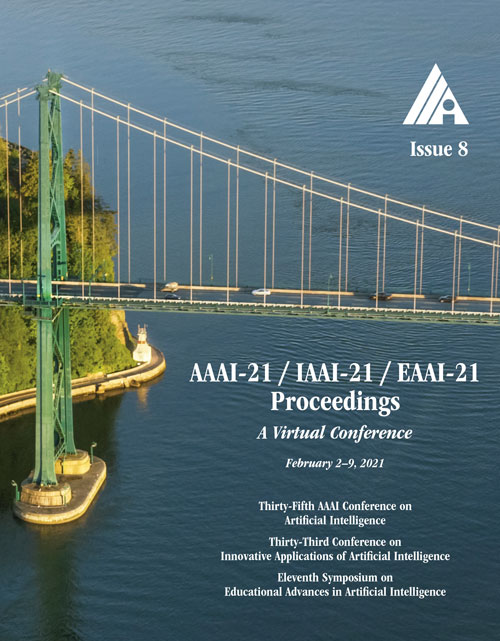Exploiting Diverse Characteristics and Adversarial Ambivalence for Domain Adaptive Segmentation
DOI:
https://doi.org/10.1609/aaai.v35i8.16845Keywords:
Transfer/Adaptation/Multi-task/Meta/Automated Learning, SegmentationAbstract
Adapting semantic segmentation models to new domains is an important but challenging problem. Recently enlightening progress has been made, but the performance of existing methods is unsatisfactory on real datasets where the new target domain comprises of heterogeneous sub-domains (e.g. diverse weather characteristics). We point out that carefully reasoning about the multiple modalities in the target domain can improve the robustness of adaptation models. To this end, we propose a condition-guided adaptation framework that is empowered by a special attentive progressive adversarial training (APAT) mechanism and a novel self-training policy. The APAT strategy progressively performs condition-specific alignment and attentive global feature matching. The new self-training scheme exploits the adversarial ambivalences of easy and hard adaptation regions and the correlations among target sub-domains effectively. We evaluate our method (DCAA) on various adaptation scenarios where the target images vary in weather conditions. The comparisons against baselines and the state-of-the-art approaches demonstrate the superiority of DCAA over the competitors.Downloads
Published
2021-05-18
How to Cite
Cai, B., Fu, H., Jia, R., Zhao, B., Li, H., & Xu, Y. (2021). Exploiting Diverse Characteristics and Adversarial Ambivalence for Domain Adaptive Segmentation. Proceedings of the AAAI Conference on Artificial Intelligence, 35(8), 6850-6858. https://doi.org/10.1609/aaai.v35i8.16845
Issue
Section
AAAI Technical Track on Machine Learning I

